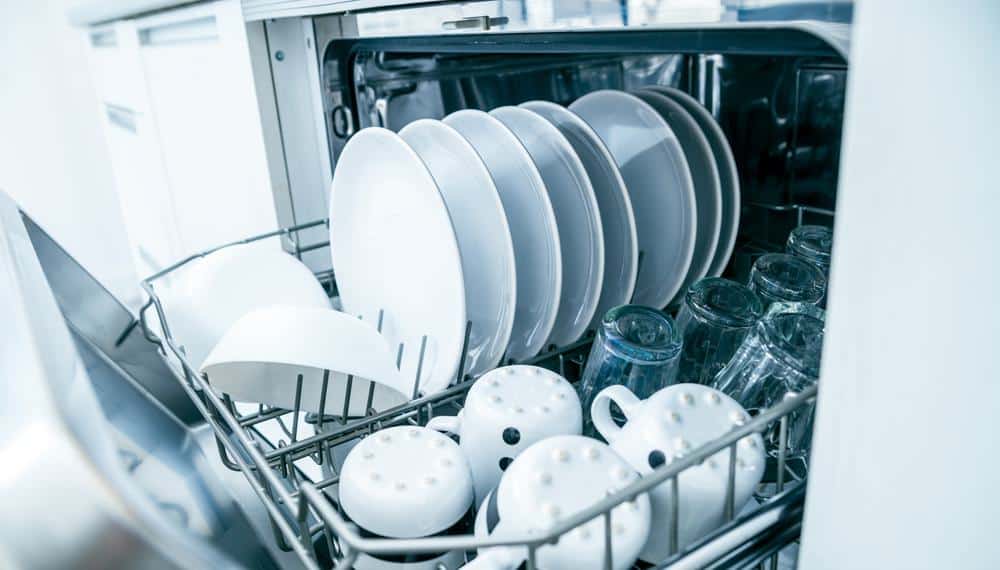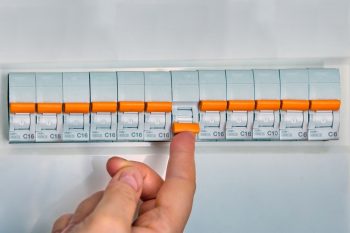
In the world of dishwashers, Samsung is a brand that stands out for its innovative technology and user-friendly features. One of these features is the Low Rinse function. But what exactly does this mean? This article will delve into the ins and outs of the Low Rinse feature on a Samsung dishwasher, offering you a comprehensive understanding of what it is, how it works, and how it can benefit your dishwashing routine.
The Low Rinse feature on a Samsung dishwasher is an indicator that alerts you when the rinse aid dispenser is running low and needs a refill. Rinse aid improves drying performance and reduces water spots on dishes. When the Low Rinse light comes on, it’s time to refill the rinse aid dispenser to ensure optimal dishwasher efficiency.
Understanding the Low Rinse Feature
The Low Rinse feature on Samsung dishwashers is an indicator that alerts you when the rinse aid dispenser is running low and needs a refill. Rinse aid is a surfactant that reduces the surface tension of water, allowing it to slide off dishes more easily during the rinsing process. This helps prevent water spots on your dishes and accelerates the drying process.
The Benefits of Using the Low Rinse Feature
The Low Rinse feature is designed to improve the performance of your dishwasher in several ways. Here are some of the key benefits:
- Improved Drying Performance: Rinse aid helps your dishes dry faster by reducing the surface tension of water, allowing it to slide off dishes more easily.
- Reduced Water Spots: The rinse aid also prevents water spots on your dishes, leaving them cleaner and shinier.
- Optimized Dishwasher Efficiency: By ensuring that your rinse aid dispenser is always full, you can make sure your dishwasher operates at its optimal efficiency.
How to Use the Low Rinse Feature
Using the Low Rinse feature is quite straightforward. When the Low Rinse indicator lights up on your Samsung dishwasher, it’s time to refill the rinse aid dispenser. Here’s how to do it:
- Open the dishwasher door and locate the rinse aid container inside the door.
- Open the detergent dispenser flap by pushing the detergent dispenser release catch.
- Turn the rinse aid indicator dial to adjust the amount of rinse aid used during washing. The dial ranges from 1 to 6, with more detergent used as you proceed to 6.
- Add the recommended amount of rinse aid into the dispenser.
- Close the flap by sliding it to the left and then pressing it down.
Remember to use liquid rinse aid only. After refilling the dispenser, the Low Rinse indicator should turn off. If it doesn’t, there might be an issue with the dispenser’s sensor, and it may need to be replaced.
Low Rinse vs Other Dishwasher Features
When compared to similar features on other dishwasher brands, the Low Rinse function stands out for its simplicity and effectiveness. Other brands may offer sanitizing cycles or steam processes for enhanced cleaning performance, but the Low Rinse feature focuses on improving the drying process and reducing water spots on dishes.
Potential Limitations of the Low Rinse Feature
While the Low Rinse feature can improve the dishwasher’s performance in terms of reducing water spots and hazy films, it might not be as effective in cleaning heavily soiled dishes. To get the best results, it’s essential to choose the appropriate cycle for the dish load and use a suitable detergent for your water type.
Conclusion
In conclusion, the Low Rinse feature on a Samsung dishwasher is a practical and effective tool that can make a big difference in your dishwashing routine. By ensuring your rinse aid dispenser is always full, you can enjoy cleaner, shinier dishes and a more efficient dishwasher. So next time the Low Rinse light comes on, you’ll know exactly what to do!
Frequently Asked Questions
What is a surfactant and how does it work in a dishwasher?
A surfactant, or surface-active agent, is a substance that reduces the surface tension of water, making it easier for water to spread across and wet surfaces. In a dishwasher, the surfactant in the rinse aid allows water to spread evenly and drain off the dishes more easily, preventing water spots and aiding in the drying process.
Can I use my Samsung dishwasher without rinse aid?
Yes, you can use your Samsung dishwasher without rinse aid. However, using rinse aid can greatly improve the drying performance and reduce water spots on your dishes. If you choose not to use rinse aid, the Low Rinse indicator will remain lit, but this will not affect the dishwasher’s cleaning performance.
Can I use vinegar instead of rinse aid in my Samsung dishwasher?
While some people use vinegar as a natural alternative to rinse aid, it’s important to note that vinegar is acidic and can potentially damage the rubber parts of your dishwasher over time. Samsung recommends using a commercial rinse aid for the best performance and longevity of your dishwasher.
What should I do if the Low Rinse light remains on even after refilling the rinse aid dispenser?
If the Low Rinse light remains on after refilling the dispenser, there might be an issue with the dispenser’s sensor. It’s best to contact Samsung customer service or a professional appliance repair service to diagnose and fix the issue.
Can I adjust the amount of rinse aid used by my Samsung dishwasher?
Yes, you can adjust the amount of rinse aid used by your Samsung dishwasher. The rinse aid dispenser has a dial that ranges from 1 to 6. The higher the setting, the more rinse aid will be used during the wash cycle. Adjust this according to your needs and the hardness of your water.












